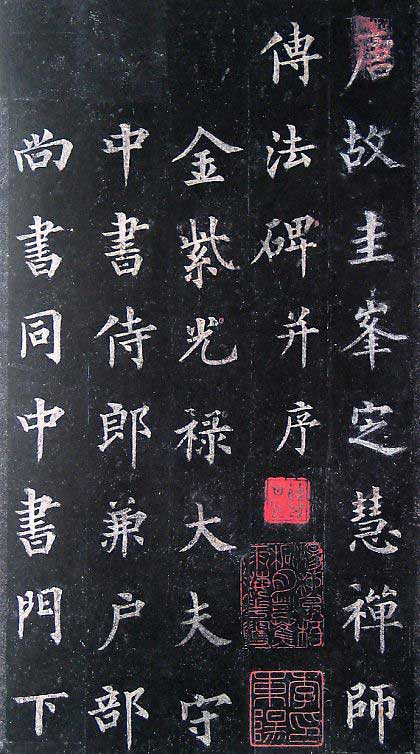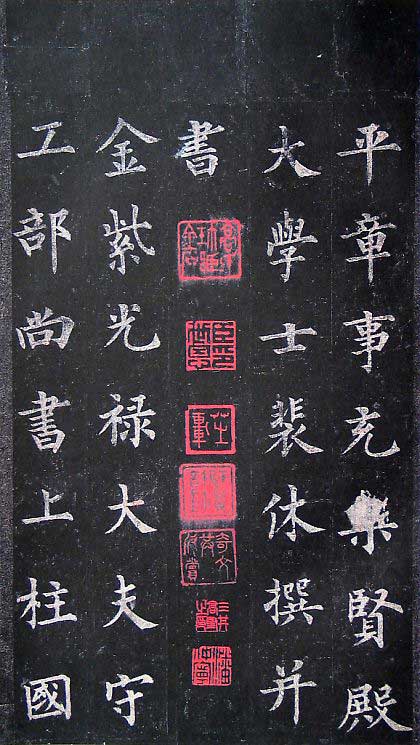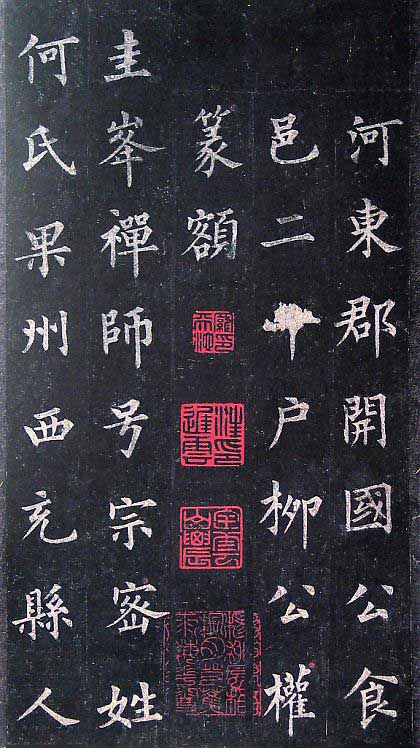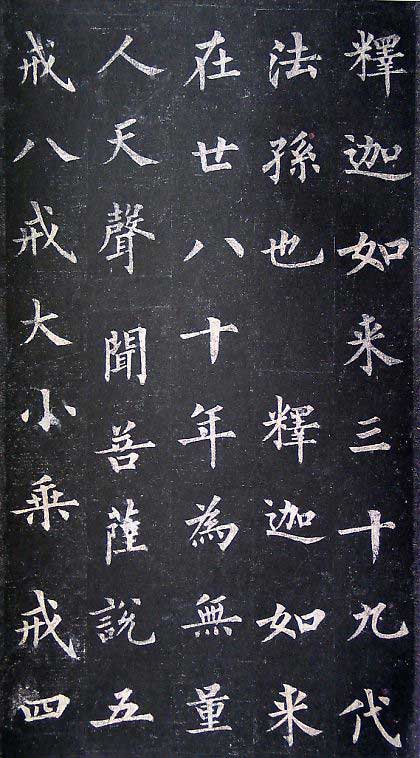Pei Xiu (791-864) was named Gongmei. A native of Jiyuan, Mengzhou in the Tang Dynasty (now part of Henan Province), he was once a supervisory censor. During the reign of Emperor Xuanzong, he served as Pingzhangshi (prime minister) under Tongzhongshu's family. Later, he was dismissed as the military envoy of the Xuanwu Army and granted the title of Son of Hedong County. Later, he lived in the four festivals of Zhaoyi, Hedong, Fengxiang and Jingnan. Able to write and write well. Many temples and temples ask him to write inscriptions on his forehead, and many in Lushan, Henan, also ask him to write inscriptions on his forehead. He was a famous calligrapher in the late Tang Dynasty with a charming and elegant style. However, his only surviving calligraphy work is the Monument of Zen Master Guifeng.
Appreciation of works: "Monument of Zen Master Guifeng"
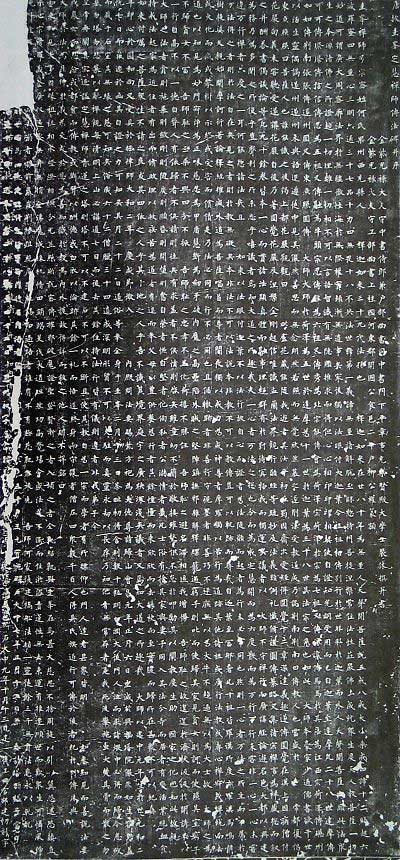
The full name of "The Monument of Zen Master Dinghui" is "The Monument of the Dharma of Master Guifeng Dinghui in the Tang Dynasty", also known as "The Monument of Guifeng". It was established in October of the ninth year of Dazhong of the Tang Dynasty (855). Pei Xiu wrote and combined the book, and Liu Gongquan sealed the forehead. The stele now exists in Caotang Temple, Hu County, Shaanxi Province. The stele is 282cm high and 134cm wide. It has a main script of thirty-six lines, sixty-five characters in each line, and nine characters in seal script on the forehead.
The writing style of this stele is rigorous, fresh and unrestrained, and its structure is particularly precise. It is based on the methods of Ou and Liu. It is a treasure of the Tang stele.
Related comments: Mi Fu's "Haiyue Famous Sayings" commented: "Pei Xiu wrote the stele with his own intention, which is true and interesting, and does not fall into ugliness."
Ye Changchi's "Yu Shi" says: "The Monument of Zen Master Guifeng still exists. The book is tight and has no implicit meaning, and it is easy to make mistakes when learning. If you look closely, you will see that the control of his brushwork and the density of the structure are closely related to the sincerity of Xin Xin. Together.”
Wang Shizhen of the Ming Dynasty said in his "Dianzhou Mountain Manuscript": "It is fresh and vigorous, and the writing speed is more precise."
Zhao Bingwen, the Minister of Rites of the Jin Dynasty, described this stele in this way: "I got off my horse to look for the inscription on the wall. I dusted myself with dust and read the thatched cottage stele first. I loved Guifeng Zhi most in my life, and only Pei Gong was worthy of his words."
The picture below shows selected pages of Song rubbings collected by the Mitsui Memorial Museum of Art in Japan.
